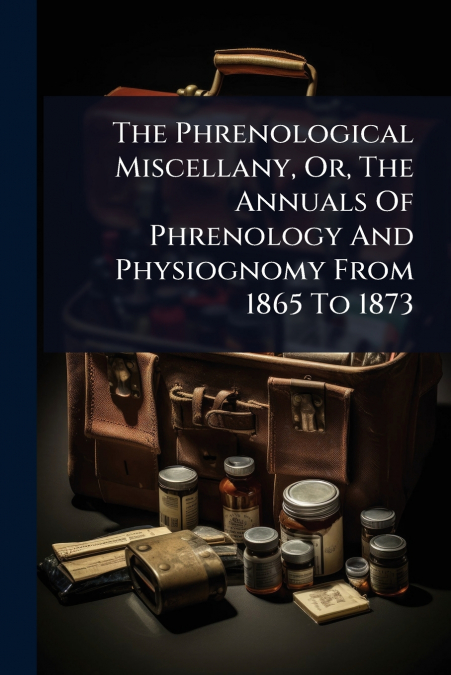
Anonymous
The Phrenological Miscellany, Or, The Annuals Of Phrenology And Physiognomy From 1865 To 1873 offers a fascinating glimpse into the 19th-century fascination with phrenology and physiognomy. This collection, compiled from annual publications, showcases the theories and practices of these once-popular pseudosciences. Phrenology, the study of the skull’s shape to determine character and mental capacity, and physiognomy, the assessment of character based on facial features, were widely embraced by intellectuals and the general public alike. This volume provides a comprehensive overview of the evolution of phrenological thought during this period, highlighting the key figures, debates, and applications of these disciplines. Readers will encounter a range of articles, case studies, and illustrations that illuminate the cultural and scientific context in which phrenology and physiognomy flourished. Explore the social, medical, and intellectual currents that shaped these intriguing fields and their impact on Victorian society. A valuable resource for historians of science, medicine, and culture, 'The Phrenological Miscellany' offers a unique window into a bygone era of scientific exploration and speculation.This work has been selected by scholars as being culturally important, and is part of the knowledge base of civilization as we know it. This work was reproduced from the original artifact, and remains as true to the original work as possible. Therefore, you will see the original copyright references, library stamps (as most of these works have been housed in our most important libraries around the world), and other notations in the work.This work is in the public domain in the United States of America, and possibly other nations. Within the United States, you may freely copy and distribute this work, as no entity (individual or corporate) has a copyright on the body of the work.As a reproduction of a historical artifact, this work may contain missing or blurred pages, poor pictures, errant marks, etc. Scholars believe, and we concur, that this work is important enough to be preserved, reproduced, and made generally available to the public. We appreciate your support of the preservation process, and thank you for being an important part of keeping this knowledge alive and relevant.